Grow Citronella Grass, a natural mosquito repellent, in your garden. This guide covers planting, care, harvesting, and using this aromatic grass.
Are you tired of being constantly pestered by mosquitoes during the summer months? Instead of relying on chemical repellents, why not grow your own natural mosquito repellent plant? The citronella Grass , also known as the mosquito grass , is an aromatic grass that can help keep these pesky insects at bay.
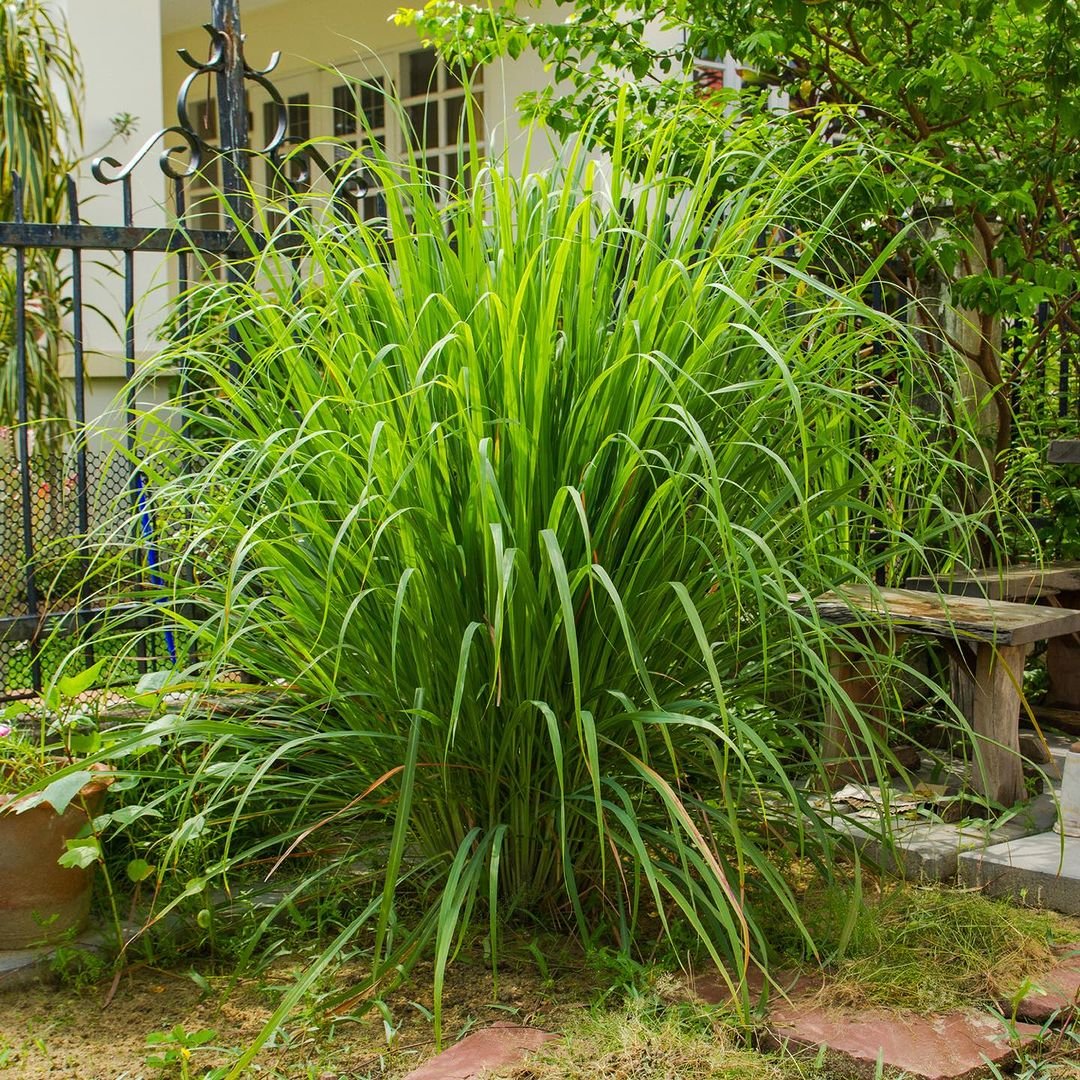
Here’s a short information chart for Citronella Grass (Cymbopogon nardus):
| Category | Details |
|---|---|
| Common Name | Citronella Grass, Mosquito Grass |
| Scientific Name | Cymbopogon nardus |
| Family | Poaceae |
| Origin | Southeast Asia |
| Plant Type | Perennial grass |
| Height | 5-6 feet (1.5-1.8 meters) |
| Width | 3-4 feet (0.9-1.2 meters) |
| Light | Full sun |
| Watering | Moderate; prefers well-drained soil, water when the topsoil dries out |
| Soil | Well-draining, loamy soil with a pH of 6.0-7.5 |
| Temperature | Prefers warm, tropical climates; hardy to USDA zones 10-12 |
| Humidity | High |
| Propagation | Division |
| Flower Color | Rarely flowers, inconspicuous |
| Bloom Time | N/A |
| Special Features | Aromatic leaves with a lemon scent; natural mosquito repellent; used in essential oils |
In this article, we’ll cover everything you need to know about growing and caring for citronella grass , including how to plant them, how to maintain them, and how to use them effectively.
What is a Citronella Grass ?
The citronella grass , scientifically known as Cymbopogon, is a perennial grass native to tropical and subtropical regions of Asia. It’s known for its distinct lemon-like aroma, which comes from the essential oils present in its leaves and stems.
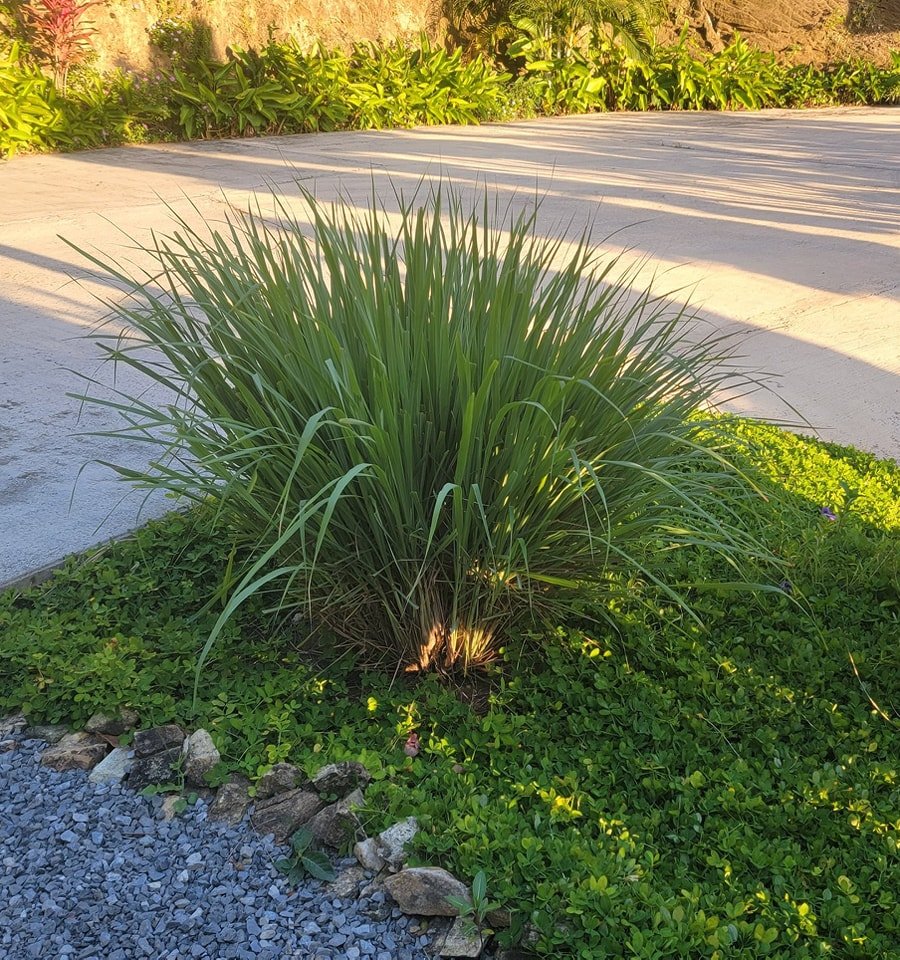
There are several different species of citronella, but the two most commonly cultivated for their mosquito-repelling properties are Cymbopogon nardus (also known as Citronella Ceylonicum or Ceylon Citronella) and Cymbopogon winterianus (also known as Java Citronella).
Benefits of Growing Citronella Grass
Apart from being a natural mosquito repellent, citronella grass offer several other benefits:
- They’re relatively easy to grow and maintain.
- They can be grown in containers or in the ground.
- They’re drought-tolerant once established.
- They have a pleasant, refreshing aroma.
- They can be used in various ways, such as in candles, soaps, and insect repellents.
How to Grow Citronella Grass
Planting Citronella
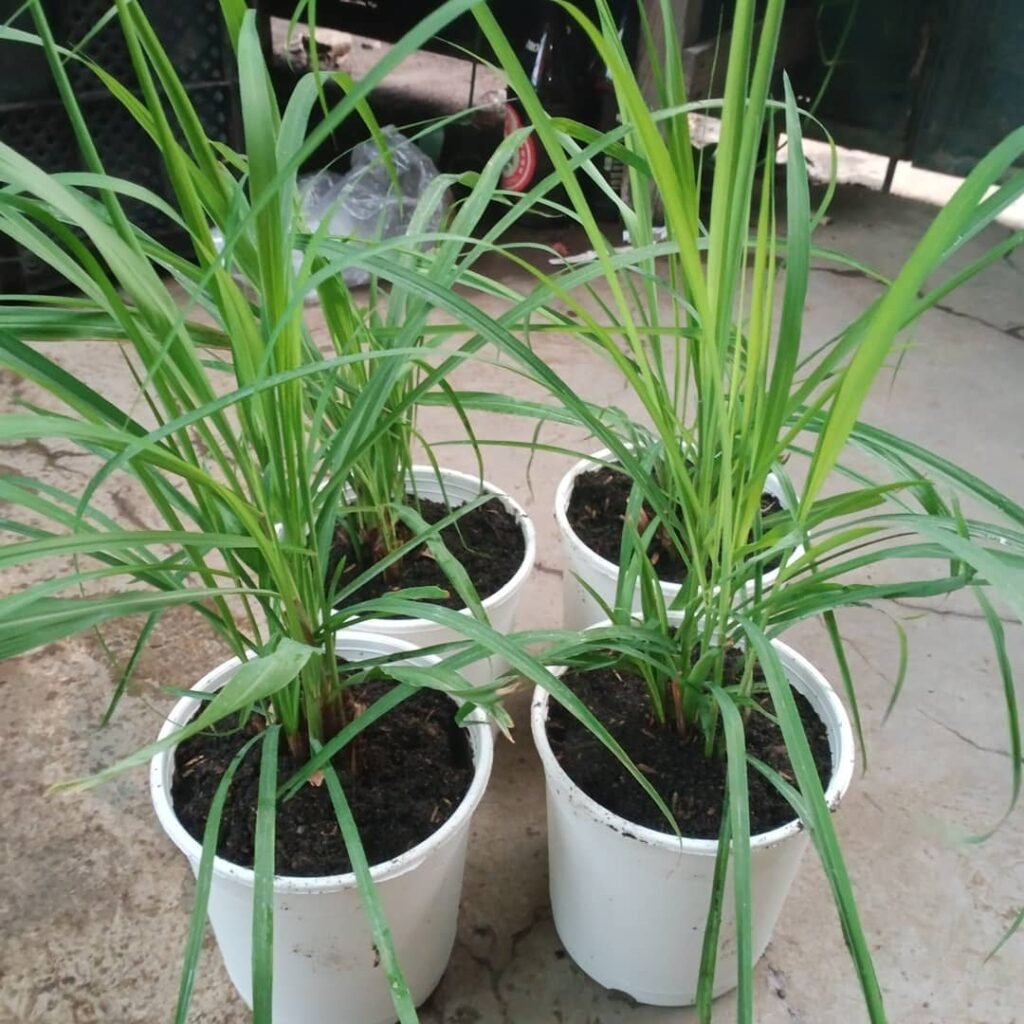
Citronella grass can be grown from seeds, rhizomes (underground stems), or division. However, growing them from rhizomes or division is generally easier and faster than starting from seeds.
Planting from Rhizomes or Division
- Choose the Right Location: Citronella grass thrive in full sun (at least 6 hours of direct sunlight per day) and well-draining soil. They can tolerate partial shade, but their growth may be slower, and their aroma may be less intense.
- Prepare the Soil: Citronella grass prefer slightly acidic soil with a pH range of 6.0 to 6.8. Amend the soil with compost or well-rotted manure to improve drainage and nutrient content.
- Plant the Rhizomes or Divisions: Plant the rhizomes or divisions 12 to 18 inches apart and 2 to 4 inches deep. Water the area thoroughly after planting.
- Mulch: Apply a 2 to 3-inch layer of mulch around the plants to help retain moisture and suppress weeds.
Planting from Seeds
- Start Seeds Indoors: Citronella seeds can be started indoors 6 to 8 weeks before the last expected frost date in your area. Sow the seeds in a seed-starting tray or small pots filled with a well-draining seed-starting mix.
- Provide Warmth and Moisture: Keep the soil moist but not waterlogged, and place the tray or pots in a warm location (around 70°F to 80°F).
- Transplant Seedlings: Once the seedlings have developed several sets of true leaves and the danger of frost has passed, transplant them into your prepared garden bed or containers, following the same spacing and depth guidelines as for rhizomes or divisions.
Caring for Citronella Grass
Watering
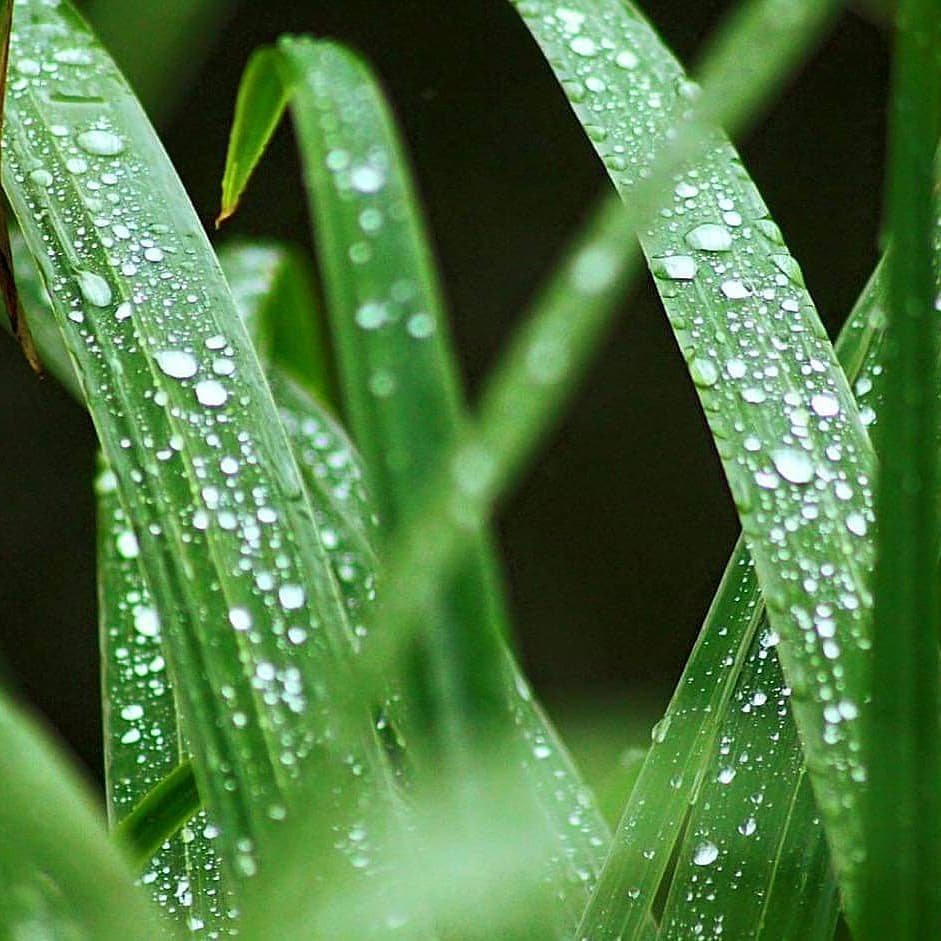
Citronella grass need regular watering, especially during their first growing season. Once established, they’re relatively drought-tolerant but will benefit from occasional deep watering during prolonged dry periods.
Fertilizing
Citronella grass are not heavy feeders, but they’ll appreciate a light application of balanced fertilizer (such as a 10-10-10 formula) in early spring to encourage growth.
Pruning
Prune citronella grass regularly to encourage bushier growth and remove any dead or damaged stems. You can also trim them to maintain their desired size and shape.
Overwintering
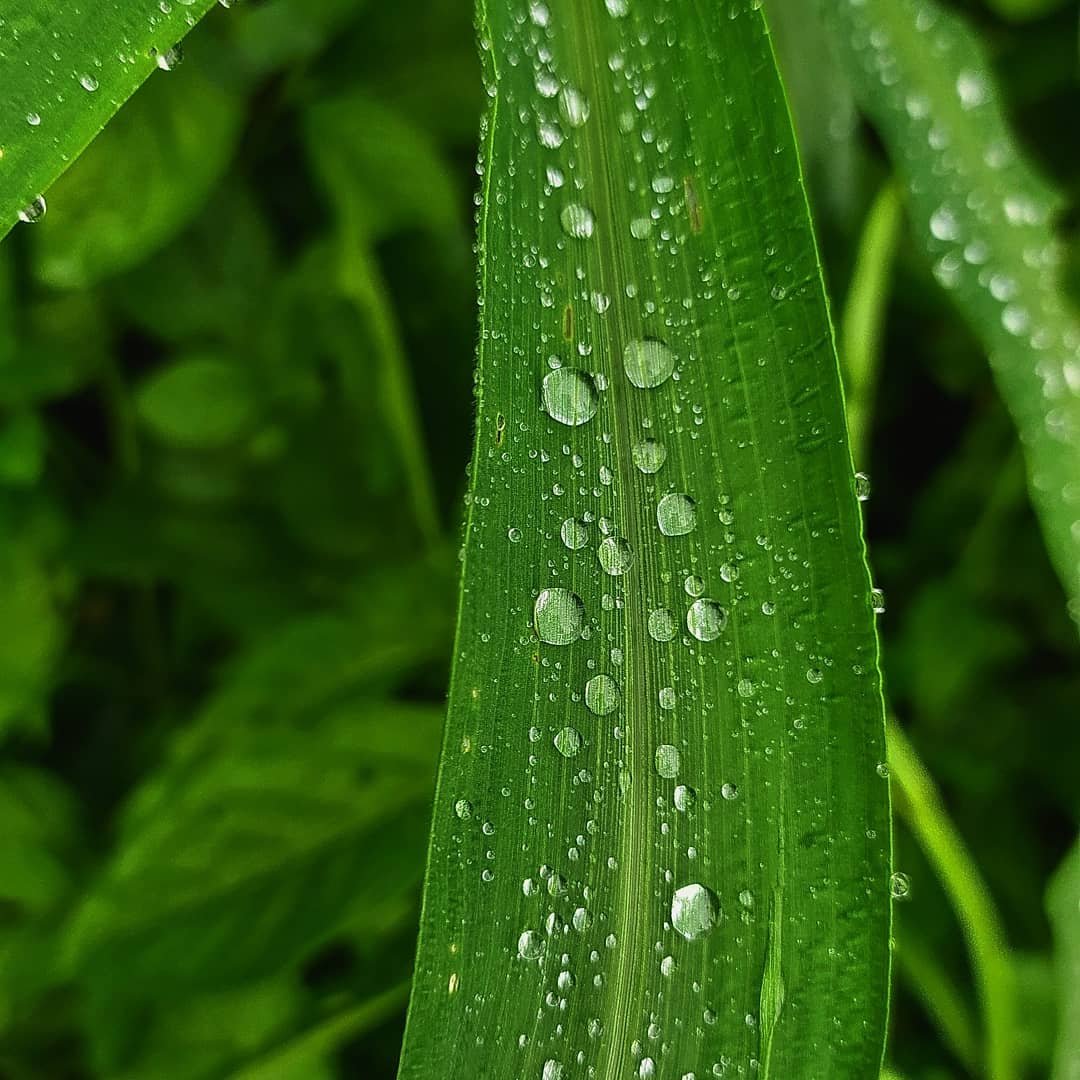
In colder climates (USDA Hardiness Zones 8 and below), citronella grass may need to be overwintered indoors. Before the first frost, dig up the grass and pot them in well-draining containers. Place them in a bright, cool location (around 50°F to 60°F) and water sparingly during the winter months.
Harvesting and Using Citronella Grass
Harvesting
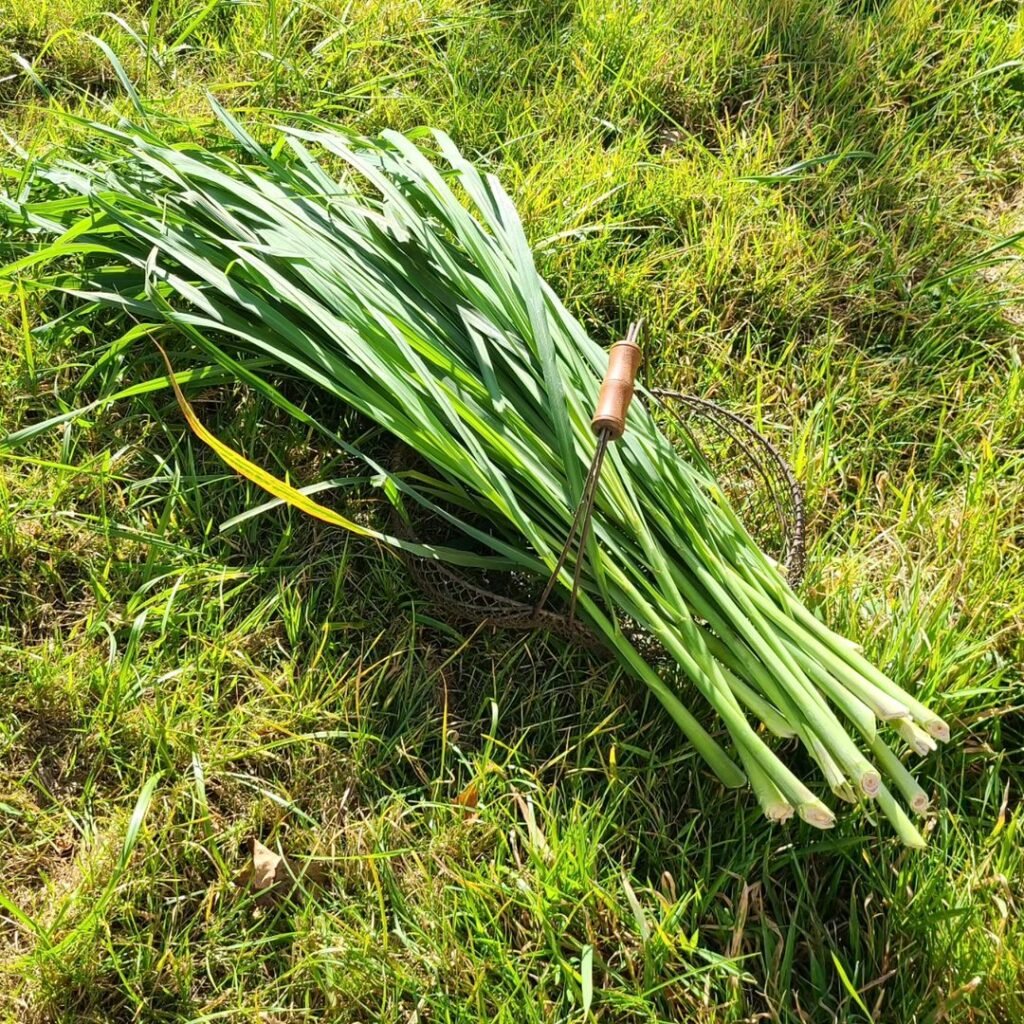
You can begin harvesting citronella leaves and stems once the plants are well-established, typically in their second year of growth. Cut the stems about 6 inches above the ground, leaving enough foliage to sustain the plant.
Using Citronella as a Mosquito Repellent
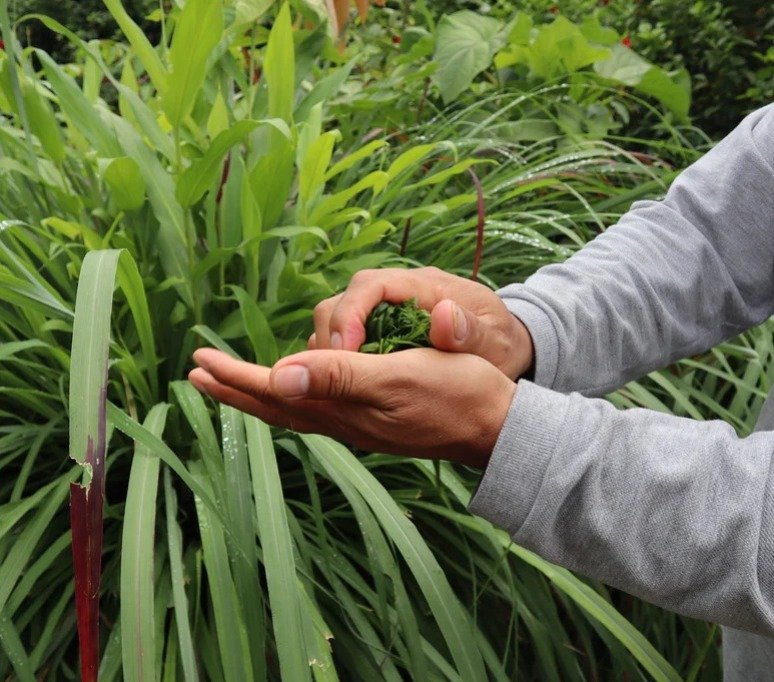
There are several ways to use citronella as a natural mosquito repellent:
- Citronella Candles: Make your own citronella candles by melting wax and adding citronella essential oil or crushed citronella leaves and stems.
- Citronella Sachets: Fill small sachets with dried citronella leaves and stems, and place them around your outdoor living areas.
- Citronella Sprays: Create a citronella spray by mixing citronella essential oil with water in a spray bottle. Mist the solution around your patio or garden areas.
- Citronella Torches: Fill citronella torches with citronella oil or crushed leaves and stems, and light them to create a mosquito-repelling barrier.
Remember, while citronella grass can be effective at repelling mosquitoes, their effectiveness may vary depending on factors such as wind, humidity, and the concentration of the citronella compounds.
Conclusion
Growing citronella grass is an excellent way to naturally deter mosquitoes while adding a refreshing aroma to your outdoor spaces. With proper planting, care, and harvesting techniques, you can enjoy the benefits of these versatile grass for years to come. Give it a try and say goodbye to those pesky mosquitoes once and for all!
Pingback: How to Grow and Care for Citronella Grass (Mosq...